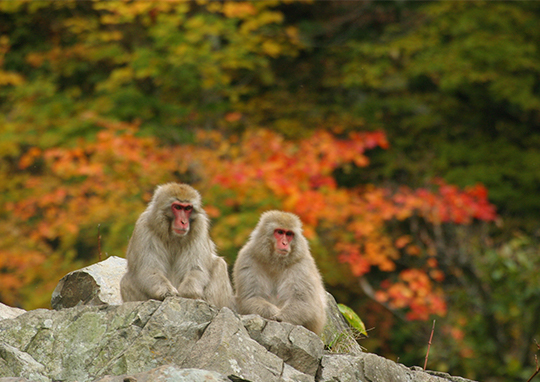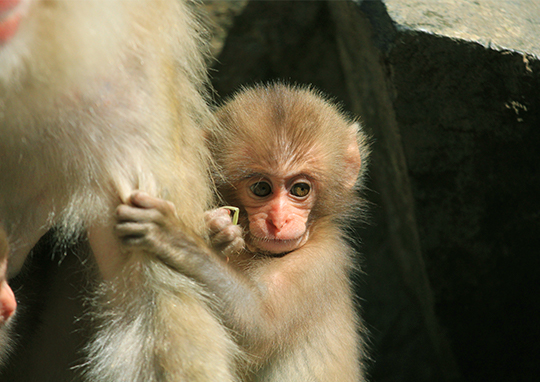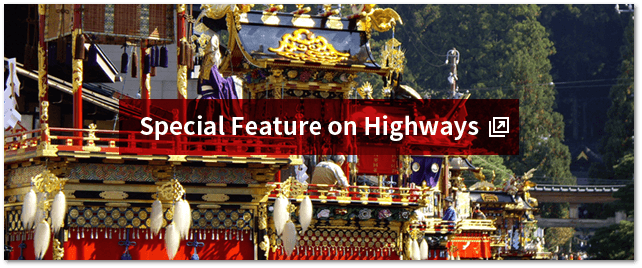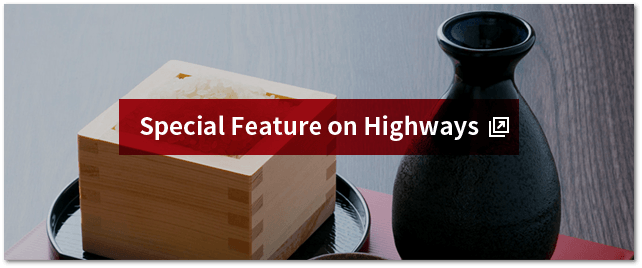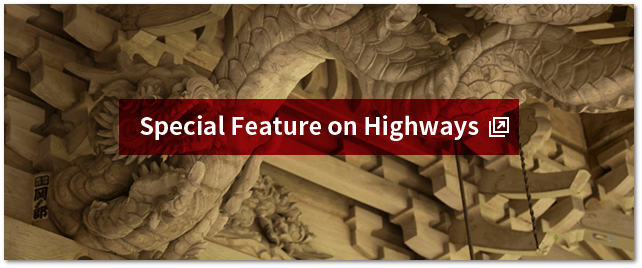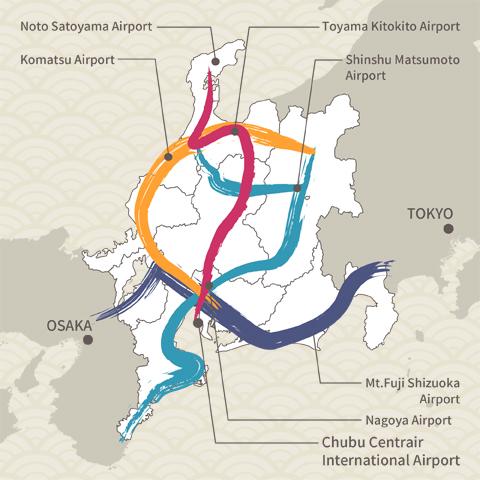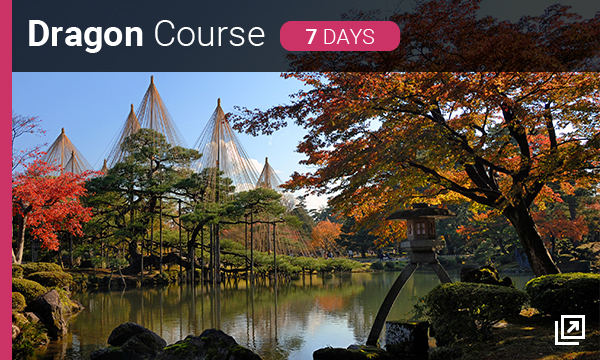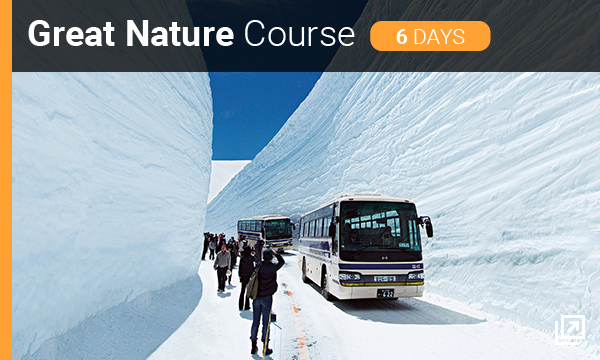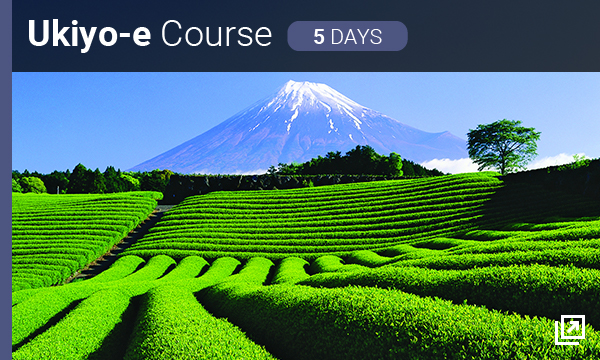Jigokudani Yaen-Koen


Recommended activities and seasons


Enjoy Natural Scenery:Wildlife

Spring / Summer / Autumn / Winter
Snow monkeys, the Shibu Jigokudani geyser, and a variety of plants and animals
The monkeys soaking in the hot springs are known around the world.
Jigokudani Yaen-Koen is located just beyond the Jigokudani hot spring in the Yokoyu River valley, in the northern part of Nagano Prefecture. At an elevation of 850 meters, the park is covered by snow more than a meter deep in winter, and since its opening in 1964, it has become known as a spot where visitors can observe the life of Japanese macaques at close range. The monkeys of Jigokudani Yaen-Koen are known the world over as the monkeys that soak in the hot springs, and the sight of them immersed in the springs in mid-winter has led to their becoming famous as “snow monkeys.” In 1970, a photograph of the monkeys appeared on the cover of LIFE magazine, introducing them to readers outside Japan. At times, half of the tourists at Jigokudani are from other countries, and they can be seen taking photos of monkeys young and old relaxing in the hot springs.
On the opposite bank of the river is the Shibu Jigokudani geyser, where the temperature of the water shooting into the air is close to the boiling point. Surrounded by sheer cliffs, the spectacle of the scalding water erupting to a height of twenty meters above the river is the reason why the area is called Jigokudani (“Hell Valley”).
Observing wild Japanese macaques in nature.
Japanese macaques are very social animals, and they live in groups. In zoos and other artificial environments, it is difficult to see them behaving in a natural manner, so the opportunity to observe them in something close to their natural setting is highly prized. Jigokudani Yaen-Koen is one place where that is possible. The Japanese macaques come to the area in search of food, and in cold weather they enter the hot springs. But for the monkeys, that is just one part of their day-to-day life, and because they live freely in the surrounding forests, they can be observed in their natural state. The feeding of the monkeys at Jigokudani is done to facilitate observation while keeping the monkeys’ life separate from that of humans and preventing them from damaging the human environment. The feeding is not a show, so tourists are prohibited from feeding the monkeys, and the feeding times are not publicly announced. That is why the monkeys at Jigokudani are called wild Japanese macaques.
You will find that just watching the monkeys comfortably warming themselves in the hot springs is unmistakably a soothing experience for the observer as well. And as you watch the monkeys, you can also enjoy the abundant nature all around you.
Note: Because you will be observing wild animals in their natural habitat, visitors must be outfitted and prepared appropriately for outdoor activity and the weather conditions. (In particular, there is a risk of slipping and falling in the winter season, so leather shoes and sandals are strictly prohibited at that time.)
Jigokudani Yaen-Koen
Address |
6845 Hirao, Yamanouchimachi, Shimotakai-gun, Nagano Prefecture |
Hours |
8:00 am to 5:30 pm (Apr.–Oct.)
9:00 am to 4:00 pm (Nov.–Mar.)
Opening times are only provisional. Please check the official website for opening hours on the day you intend to visit.
Be aware that because the monkeys are wild and free to roam, they may not be present during opening hours. |
Closed |
Open daily |
Cost |
Ordinary, 800 yen; Group (20 or more), 680 yen |
Phone |
0269-33-4379 |
Access |
By Express Bus bound for Shiga Kogen from JR Nagano Sta. to Snow Monkey Park, about 40 min, then on foot for about 35 min |
Web site |
http://jigokudani-yaenkoen.co.jp/ |


Other Spots

-

Kurobe Gorge

Toyama

Natural Scenery
Onsen
Exercise
Spring
Summer
Autumn
-
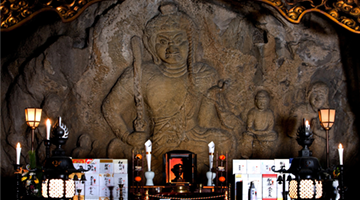
Oiwasan Nissekiji Temple

Toyama

Natural Scenery
History and Traditions
Onsen
Spring
Summer
Autumn
-
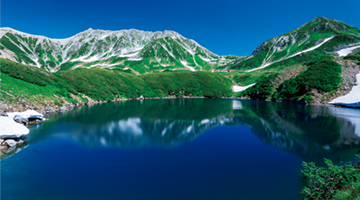
Tateyama Kurobe Alpine Route

Toyama

Natural Scenery
History and Traditions
Onsen
Exercise
Spring
Summer
Autumn
-
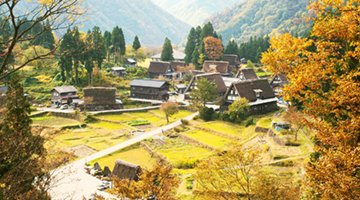
Gokayama

Toyama

History and Traditions
Spring
Summer
Autumn
Winter
-

Shirayama Hime Shrine

Ishikawa

Natural Scenery
History and Traditions
Exercise
Spring
Summer
Autumn
Winter
-
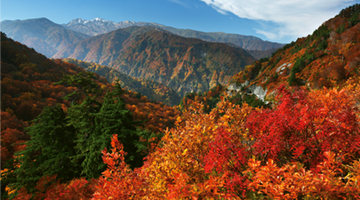
Hakusan Shirakawa-go White Road

Ishikawa

Natural Scenery
Exercise
Spring
Summer
Autumn
-
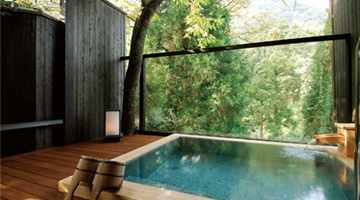
Kaga Hot Spring Village

Ishikawa

Onsen
Spring
Summer
Autumn
Winter
-

Eiheiji Temple

Fukui

History and Traditions
Spring
Summer
Autumn
Winter
-
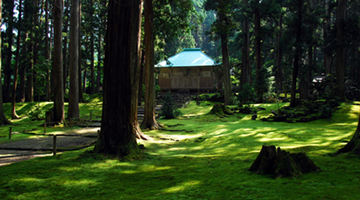
Hakusan Heisenji Shrine

Fukui

History and Traditions
Exercise
Spring
Summer
Autumn
-
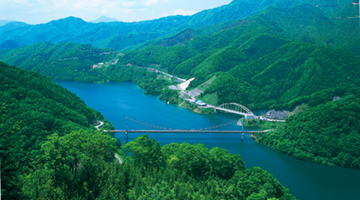
Lake Kuzuryu

Fukui

Natural Scenery
Spring
Summer
Autumn
-
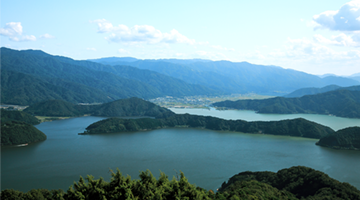
Rainbow Line Summit Park

Fukui

Natural Scenery
Exercise
Spring
Summer
Autumn
Winter
-
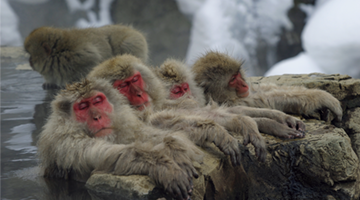
Jigokudani Yaen-Koen

Nagano

Natural Scenery
Spring
Summer
Autumn
Winter
-
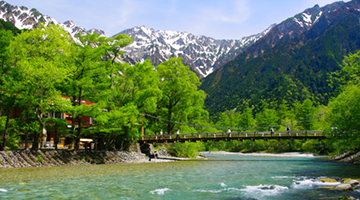
Kamikochi

Nagano

Natural Scenery
Exercise
Spring
Summer
Autumn
-

Togakushi Kodo

Nagano

Natural Scenery
History and Traditions
Exercise
Spring
Summer
Autumn
Winter
-
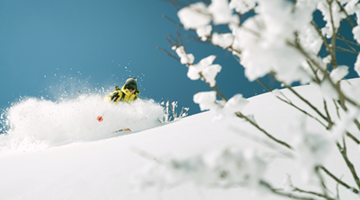
HAKUBA VALLEY

Nagano
-

Heavens Sonohara

Nagano

Natural Scenery
Exercise
Spring
Summer
Autumn
Winter
-

Akasawa Natural Recreational Forest

Nagano

Natural Scenery
Exercise
Spring
Summer
Autumn
-
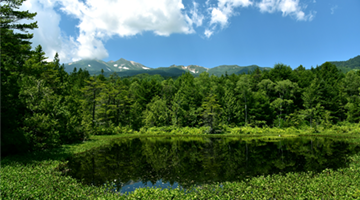
Norikura Highlands

Nagano

Natural Scenery
Onsen
Exercise
Spring
Summer
Autumn
Winter
-
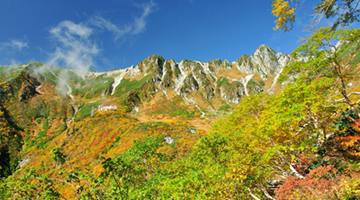
Senjojiki Cirque

Nagano

Natural Scenery
Exercise
Spring
Summer
Autumn
Winter
-
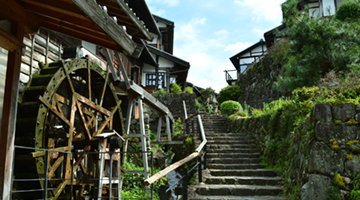
Magome-juku

Gifu

Natural Scenery
History and Traditions
Exercise
Spring
Summer
Autumn
Winter
-

The Waterfalls of Osaka

Gifu

Natural Scenery
Exercise
Spring
Summer
Autumn
Winter
-
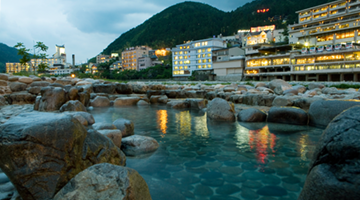
Gero Onsen

Gifu

Onsen
Spring
Summer
Autumn
Winter
-
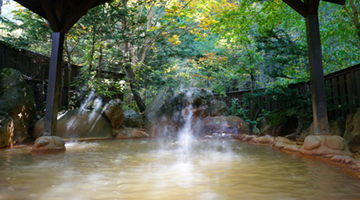
Okuhida Hot Spring Village

Gifu

Onsen
Spring
Summer
Autumn
Winter
-

Shinhotaka Ropeway

Gifu

Natural Scenery
Onsen
Exercise
Spring
Summer
Autumn
Winter
-
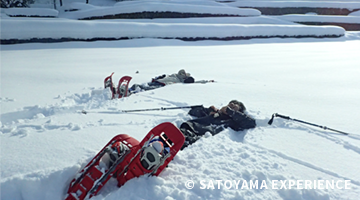
SATOYAMA EXPERIENCE

Gifu

Natural Scenery
Exercise
Spring
Summer
Autumn
Winter
-

Yoro Park

Gifu

Natural Scenery
Exercise
Spring
Summer
Autumn
Winter
-
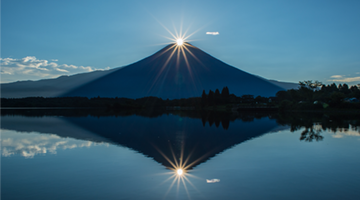
Mount Fuji

Shizuoka

Natural Scenery
History and Traditions
Exercise
Spring
Summer
Autumn
Winter
-
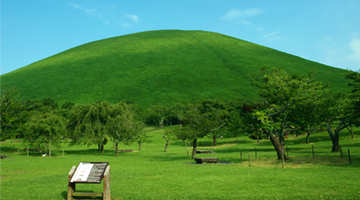
Izu Peninsula Geopark

Shizuoka

Natural Scenery
Exercise
Spring
Summer
Autumn
Winter
-
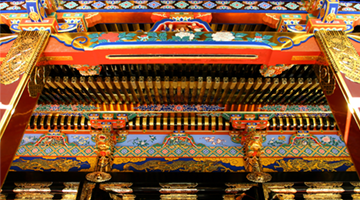
Kunozan Toshogu Shrine

Shizuoka

History and Traditions
Spring
Summer
Autumn
Winter
-
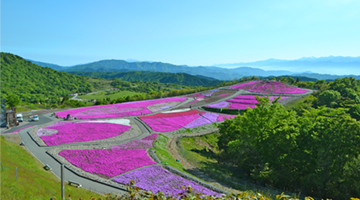
Chausuyama Highlands

Aichi

Natural Scenery
Exercise
Spring
Summer
Autumn
Winter
-
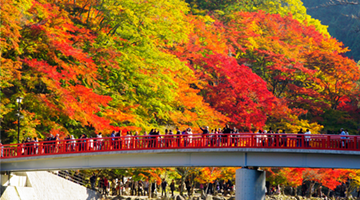
Korankei Gorge

Aichi

Natural Scenery
Exercise
Spring
Summer
Autumn
-
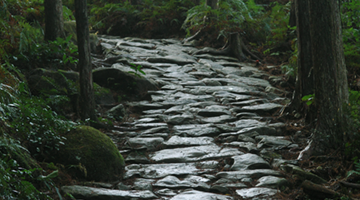
Kumano Kodo Pilgrimage Routes

Mie

Natural Scenery
History and Traditions
Exercise
Spring
Summer
Autumn
Winter
-

Mount Asama

Mie

Natural Scenery
History and Traditions
Exercise
Spring
Summer
Autumn
-
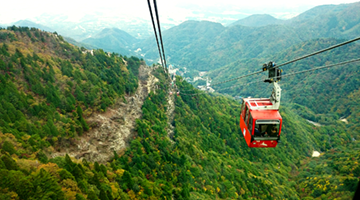
Mount Gozaisho

Mie

Natural Scenery
Exercise
Spring
Summer
Autumn
Winter
-
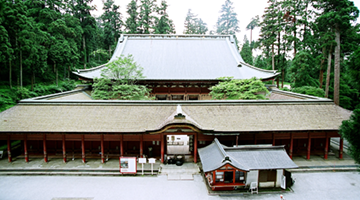
Enryakuji Temple on Mount Hiei

Shiga

History and Traditions
Spring
Summer
Autumn
Winter
-
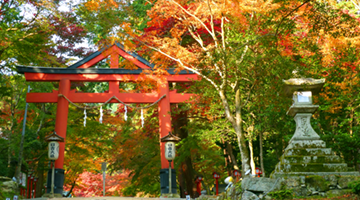
Hiyoshi Taisha Shrine

Shiga

History and Traditions
Spring
Summer
Autumn
Winter
-
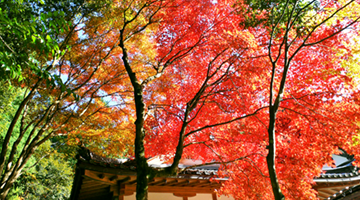
Kotosanzan

Shiga

History and Traditions
Spring
Summer
Autumn
Winter

See Other Routes

The Four Shoryudo Routes

















